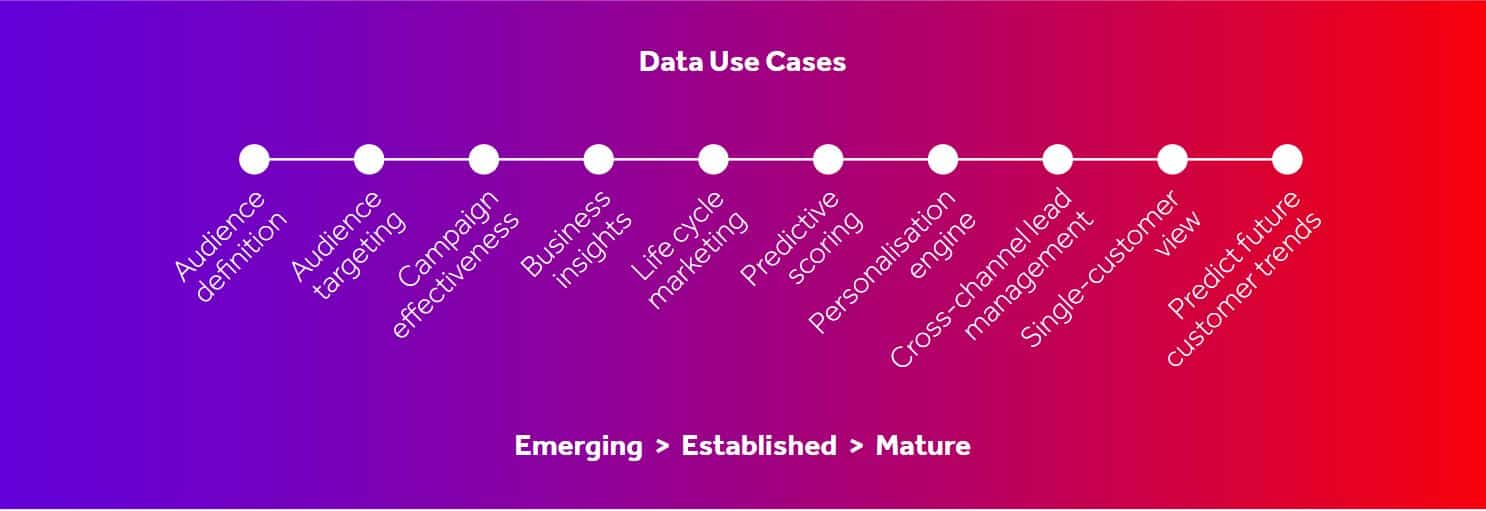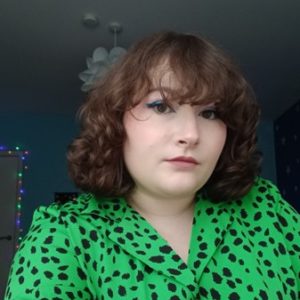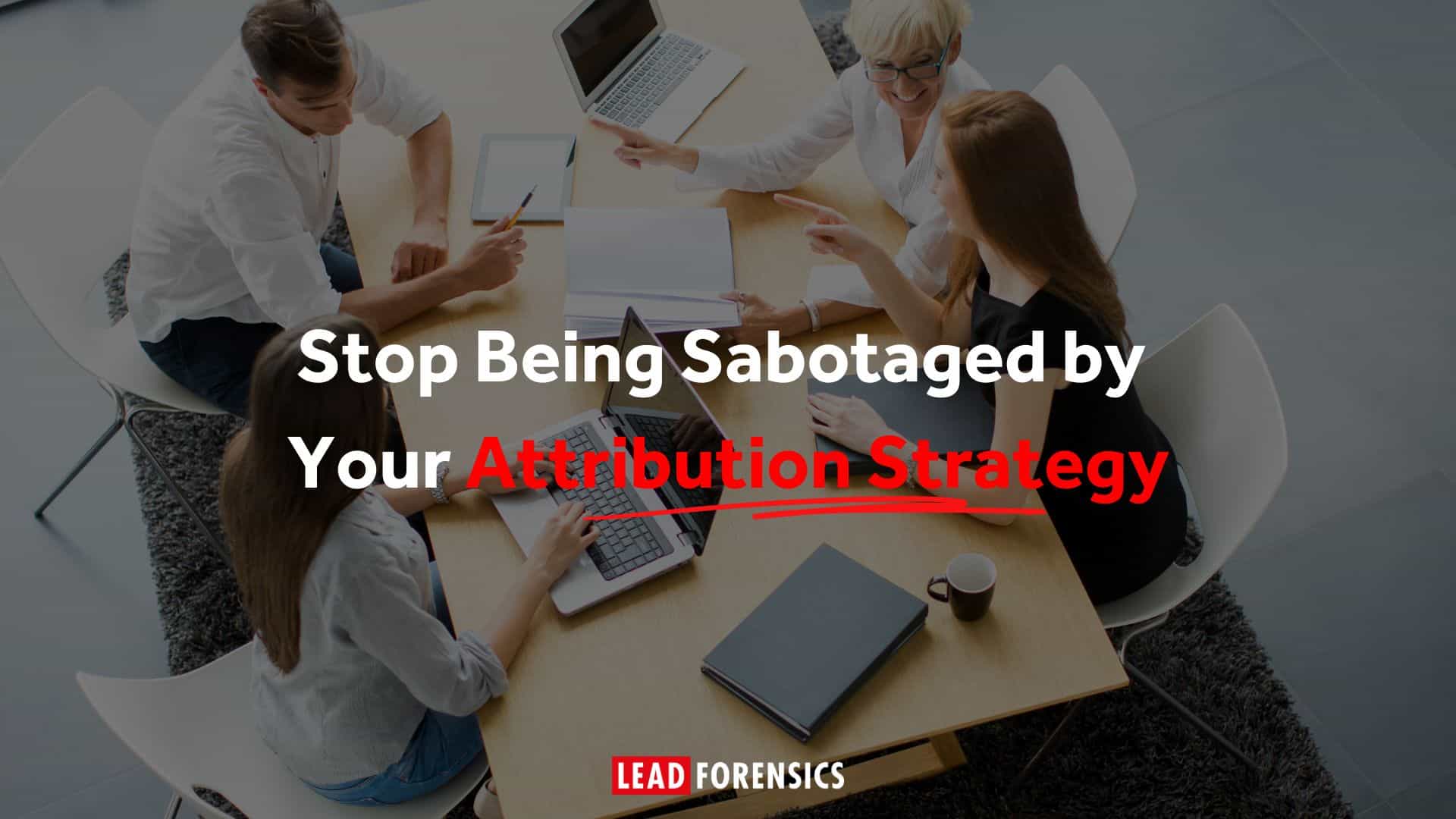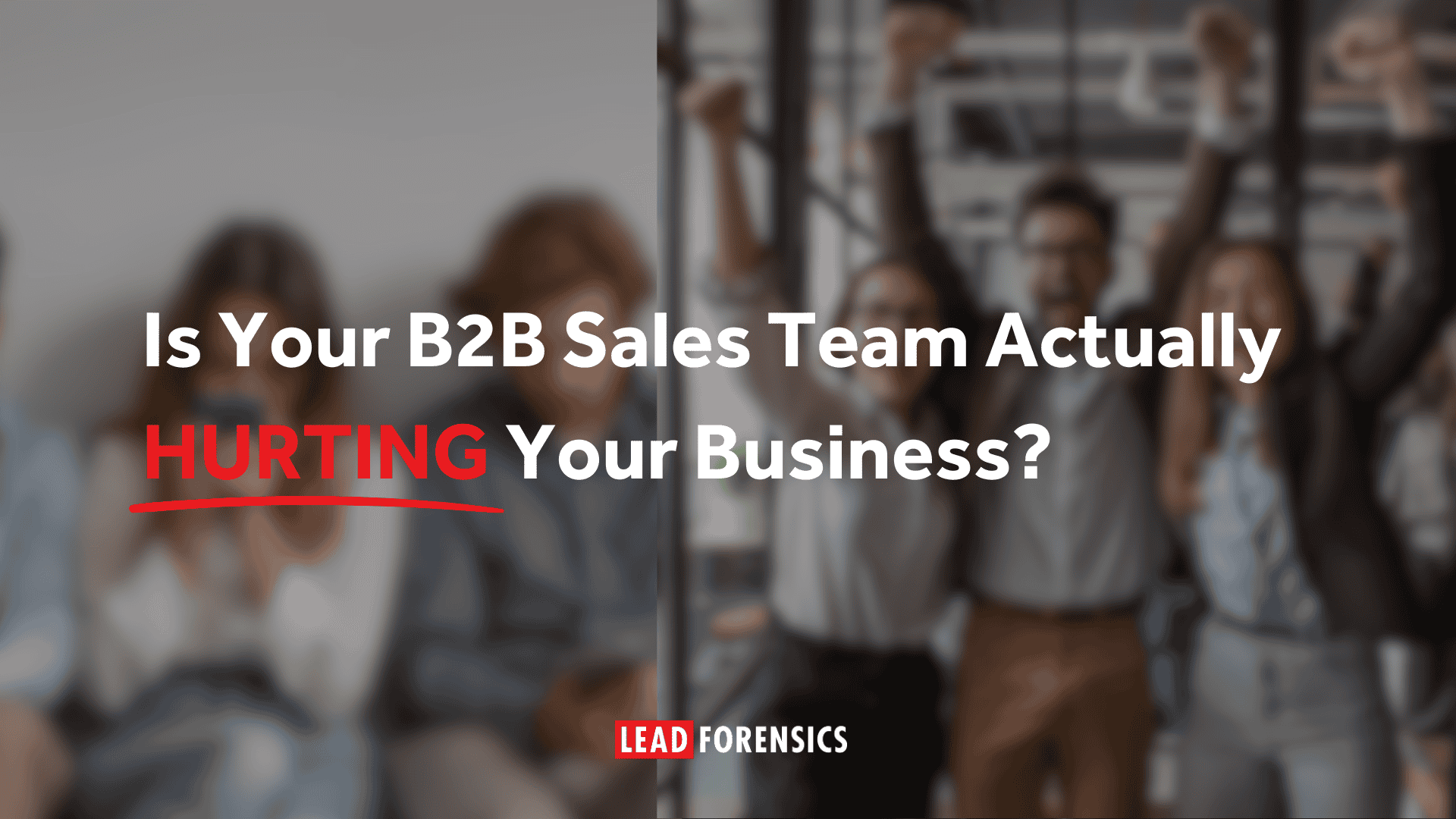Introduction
Third-party data has long been the cornerstone of how businesses connect with their customers. However, we’re about to start a shift towards first party data. In 2024, Google intends to phase out third-party cookies.
While Firefox and Apple have already done this, the vast market share that Google possesses means that their decision has huge ramifications for businesses and marketing enterprises all over the world.
This is amplified by the way in which the pandemic has accelerated digital transformation for consumers: far more of them are doing more of their engagement online, heightening the importance of understanding their browsing habits and online behavior. Ultimately, this will mean that businesses will have to increase focus on first-party data to inform their customer journeys – and there’s no time to lose in getting that capability up and running.
This guide explores the details around the change, what first-party data means in the current day and age and how you can deploy a first-party data strategy that can underpin your growth.
Three types of data
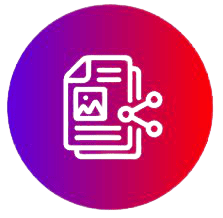 First-party data is data collected by your organization about your audience. This can be done through a variety of owned sources, such as your website or your CRM system.
First-party data is data collected by your organization about your audience. This can be done through a variety of owned sources, such as your website or your CRM system.
 Second-party data is the same as first-party data, except it’s collected by another trusted source on your behalf, instead of by your organization.
Second-party data is the same as first-party data, except it’s collected by another trusted source on your behalf, instead of by your organization.
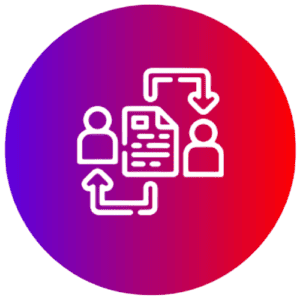 Third-party data, however, have been aggregated from other sources, in particular websites and platforms commonly used by target sectors and audiences.
Third-party data, however, have been aggregated from other sources, in particular websites and platforms commonly used by target sectors and audiences.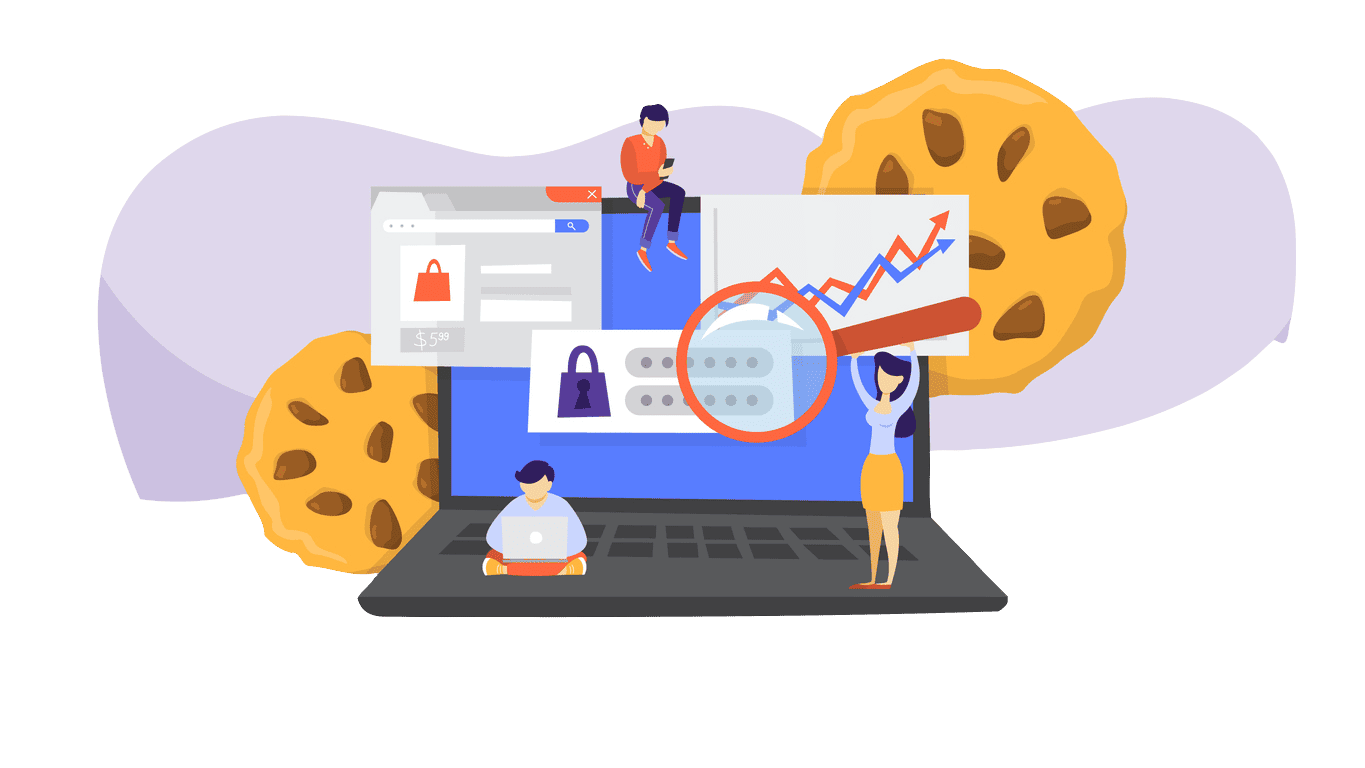
State of play: Google’s phase-out
 Google holds 64% of the market share for all web users and at the same time, 80% of marketers say they rely on third-party data to understand customers and craft customer journeys that resonate.
Google holds 64% of the market share for all web users and at the same time, 80% of marketers say they rely on third-party data to understand customers and craft customer journeys that resonate.There may be an element of complacency in how prepared marketers are for the change. IAB research has found that confidence levels in adapting to the phase-out are high and only 41% are concerned that some of their stakeholders haven’t appreciated the magnitude of what’s coming down the line. Have you? It’s vital that businesses who rely on third-party data make a change now and get their new first-party data strategies up to speed in good time. It’s inevitable that there will be businesses that don’t make the change quickly enough or don’t realize the scale of the challenge until it’s too late. Those who make a proactive move towards first-party data now should therefore enjoy a substantial first-mover advantage come 2024. In any case, the benefits of doing so extend far beyond that:
![]()
Unique data: by using your own data rather than third-party data also available to everyone else, you can get exclusive insights to guide your decision making and campaign-building

Relationship building: a richer first-party data source means you can more easily build direct and meaningful customer relationships that drive value and enhance in-market performance

Great for targeting: first-party data can be cheaper and more accurate, allowing for comms to be much more targeted compared to those guided by third-party data.
Although these use cases benefit the entire business, let’s call out a few in the context of the four key areas we’ve highlighted.

Unlocking the value of first-party data
It’s clear that first-party data will be essential for businesses in the long-term. But where can value be derived from it, and how can it help better marketing and comms on a more practical level? The opportunities for value are many and can be found in four key areas: marketing, sales, customer success and business leadership.
Marketing
Using first-party data makes it far easier for marketers to hone customer journeys, to the point where they’ve pretty much been perfected to help you reach your intended customer base. For example, a more reliable and informative flow of data generates essential business insights into how your market operates and how people respond to your proposition. Taken further, this data can be fed into predictive lead-scoring algorithms that accurately identify, nurture and prioritize the most promising opportunities within your funnel.

Sales
The strong link between marketing and sales can be further galvanized by the use of first-party data. Firstly, it allows enhanced audience targeting through creating the ideal customer journey, to the point where it becomes easier for sales teams to increase conversion rates. Alongside this, better cross-channel lead management should enable a more cohesive and timely brand story, from introduction to conclusion, that both marketing and sales can benefit from. But there are obvious benefits for sales teams specifically, too.

Customer success

Leadership
With better and more insightful data, it becomes far simpler for senior management to pull marketing, sales and customer success together into a coordinated unit working towards the same goal. Bespoke performance benchmarks mean you can better plan, drive, measure and optimize cross-departmental efforts. A rich, detailed, single profile of each customer enables better alignment throughout an organization and it becomes easier to understand and plan for future customer trends, especially regarding resource allocation and predictive growth modelling.
Your first-party data journey
Moving away from your dependence on third-party data and towards a strategy led by first-party data doesn’t happen overnight. It certainly isn’t the case of turning one tap off and another tap on! The transition will be gradual and take a considerable amount of time – which is all the more reason to start exploring your options now, rather than in 2024. There are six actions we recommend in getting ready for the first-party data era, in a way that minimizes the risk to your campaign and overall business continuity:
![]()
Understand the landscape No strategy can proceed without a clear definition of your current data position. In particular, this should assess the areas where you are currently wholly or largely reliant on third-party data and how using first-party data instead can open up opportunities in those areas.
![]()
Create your strategy Once you’ve worked out how you’re going to generate first-party data, you can then decide what you want to do with it. The best place to start is to explore the more short-term use cases so that you can start feeling the benefits quickly, and gradually scale up from there.

Build the foundations The transition may be a complex one as some areas move towards first-party data earlier than others. Making sure the right technologies, processes and expertise are all in place to manage the transition successfully is critical.
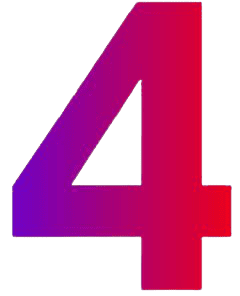
Launch the strategy Achieving internal buy-in from senior management and getting them to appreciate the importance of the change, is key to getting the transition strategy off the ground. An ideal way to do this is to secure the support of a senior internal sponsor who can help remove the barriers to success and back efforts to nurture a business culture that’s data-driven.
![]()
Evaluate and optimize Monitoring the success of first-party data collection and analytics, and their application in campaigns and communications should be a constant effort. It should incorporate the definition of accountability for set parameters and the establishment of key milestones and metrics that will ultimately unlock agreed use cases.

Scale your first-party data drive As the first-party data strategy gets up and running, you can gradually add more use cases, integrate more channels and augment additional sources. Expanding the scope of your first-party data use over time means you can spread the benefits this data can bring throughout your organization.


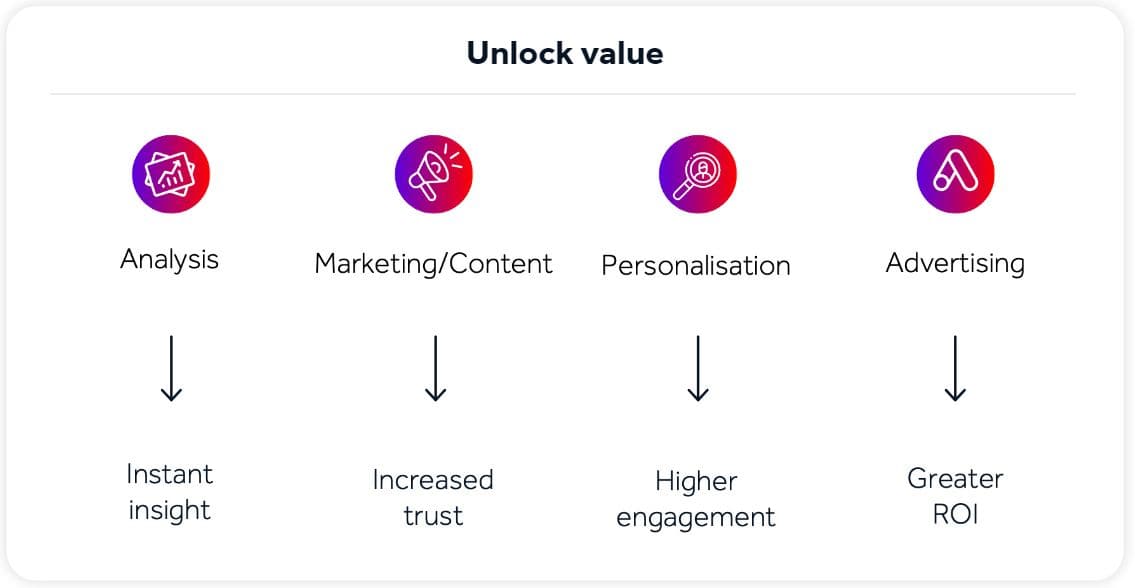
Summary: get expert help
While this guide has given you a steer on how to approach the move to first-party data, the task cannot be looked at as simple or immediate. That’s why we recommend you start taking action now. The ideal goal is to be in a position that, when Google’s support for third-party data ends in 2024, your business has already rolled out first-party data operations organization-wide. This is the best way to ensure your transition is as smooth and free of disruption as possible. Of course, a key part of making this a success is to consider where you’re going to generate all this first-party data. There are many different touchpoints at your disposal: mobile apps, email-based lead generation campaigns, even social media. But don’t overlook the possibilities for first-party data generation that lie within your website. Whether your prospects are actively looking to buy, just browsing, or even looking for less direct information like blogs and thought leadership, all their first-party actions are pieces of data that you can use to enrich your engagement. We know that making this happen can seem complex and that the goals and priorities of using first-party data will vary substantially from business to business. This is where the help of an expert partner, and especially one with supporting technology, can make such a difference.



